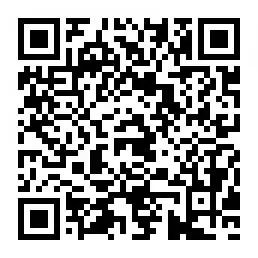All you need to know about Low Energy Bluetooth (BLE) in 2020

We live in a space where fantasy and reality reflect each other, technology and culture intertwine, individuals and the collective merge, and privacy and transparency find balance. In a world of the Internet of Things, everything is striving to be excellent enough, and perfectly performing wearable devices are gradually becoming a reality around us.
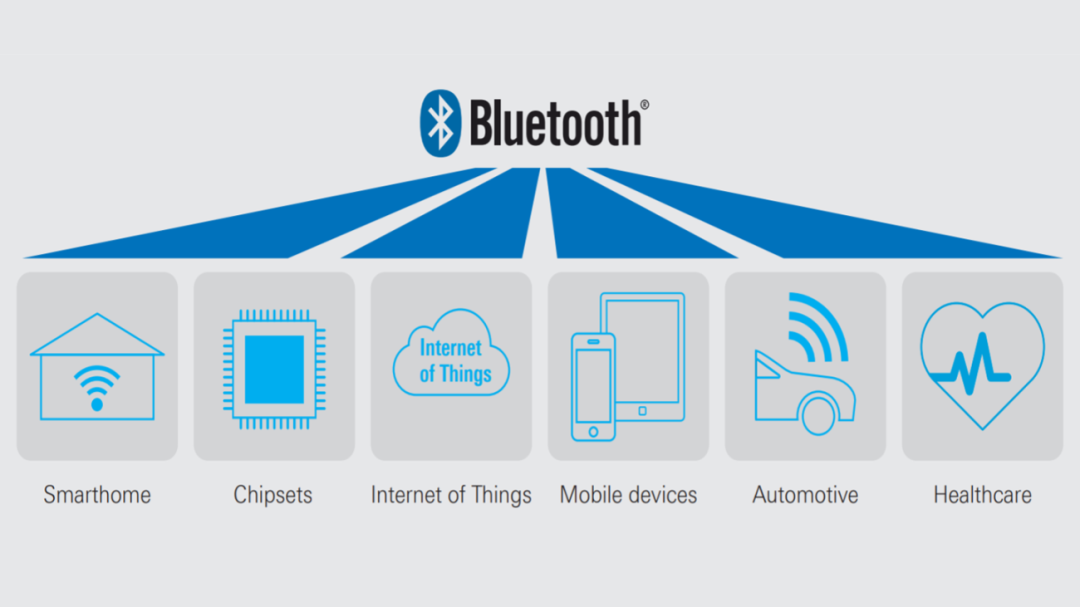
Wearable devices are often defined as one of the most direct applications of IoT technology. With the continuous development of innovative technologies, the forms of wearable devices have become increasingly diverse, driving the commercialization extension of the entire IoT industry chain. Low Energy Bluetooth (BLE) is the most widely used wireless connection technology in wearable devices. Over the past decade, related use cases have expanded from connecting computer peripherals to comprehensive communication with wearable devices and many other applications. The latest Bluetooth® specifications (5.0, 5.1, 5.2) further cover more applications in the IoT field.
Compared to classic Bluetooth, BLE significantly reduces power consumption and costs while maintaining the same communication range, making it an ideal choice for connecting different sensors, peripherals, and control devices. From smart homes, smart cities, to smart industries, BLE provides humans with an infinite array of smart living scenarios, where everything once simple and segmented around us is now starting to connect and become intelligent.
Undoubtedly, with the development and promotion of low energy Bluetooth technology, “human-computer interaction” and even “human-computer symbiosis” will become the norm in our present and future lives.
As low energy Bluetooth smart devices increasingly emphasize compactness and high integration, the standards for their testing and measurement methods have also risen, with over-the-air (OTA) testing receiving more attention. However, to optimize testing procedures, the best choice is to complement all methods.
The Bluetooth Special Interest Group (Bluetooth SIG) ensures devices have the capability to work together through various test cases in the certification process and that they possess qualified quality and performance in their exchanges. Only after completing the declaration can they obtain the Bluetooth label to enter the market.
Let’s first get acquainted with several testing methods for low energy Bluetooth:
Direct Test Mode
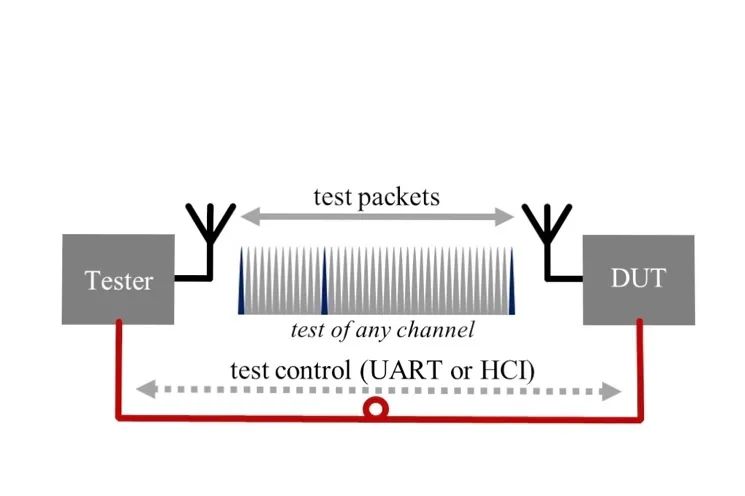
Direct Test Mode (DTM) is a mode used for testing the RF performance of low energy Bluetooth, and it is part of the Bluetooth core specification. Any chip that complies with the Bluetooth core specification can undergo DTM testing.
DTM connects the testing instrument directly to the Bluetooth device control interface, executes test items, and automatically completes the interaction commands and Bluetooth parameter settings between the test instrument and the Bluetooth module. DTM can be used in research and development, pre-certification, and consistent production, and is currently the Bluetooth low energy testing method that complies with the BlueSig specifications. However, the drawbacks are also evident; the DTM method requires additional control lines to test the Bluetooth device under test (DUT) through HCI or UART protocols, which adds extra complexity, especially for laboratories needing to test different chips, it can be quite painful. Moreover, different chips have varying degrees of openness to DTM, which creates an urgent need for new methods to improve the testing of low energy Bluetooth products.
Broadcast Test Mode
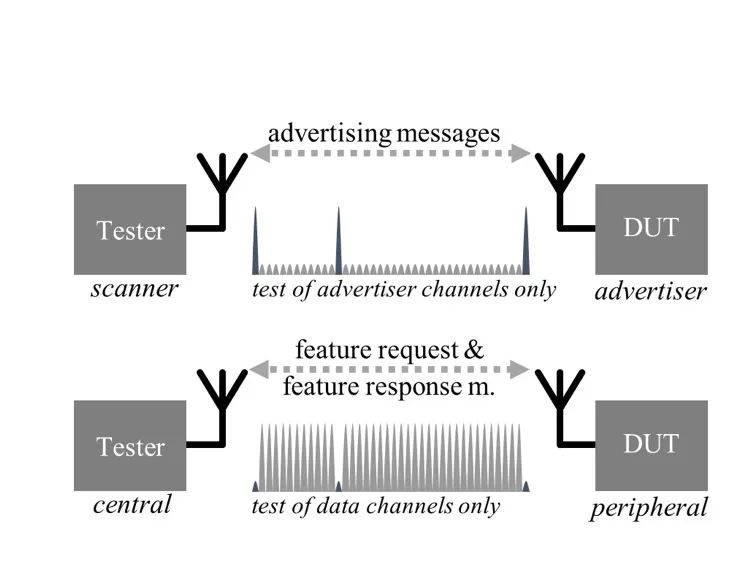
Some low energy Bluetooth devices on the market are very small. If DTM testing is required, the product must be destroyed, and some low-value products do not reserve testing interfaces. For example, some smart wristbands and mobile tags, R&S®CMW therefore provides an RF testing method under broadcast mode. That is, under normal operating conditions, R&S®CMW listens and responds to the high, medium, and low channels on three broadcast channels of Bluetooth devices, performing transmission and reception measurements, and determining packet error rate (PER) and sensitivity levels.
The advantage of broadcast test mode is that all low energy Bluetooth devices can be tested without additional product configuration and cabling connections. However, this mode only allows testing based on any broadcast data packets on the three broadcast channels, and the testing time cannot be controlled, relying entirely on the signal broadcast cycle of the DUT, making it suitable only for production testing, quality inspection, and rapid functional testing of whole products.
Connection Mode Testing
For chamber testing and simple functional testing, testing through a real connection between the DUT and the comprehensive testing instrument is the simplest solution, requiring no specific modifications or configurations to the device. In RF testing, the tester acts as the master device, establishing a connection with the device under test, using predefined control commands to test the Bluetooth device, and the tester can complete loop testing on all data channels.
However, the disadvantage of this mode is that it cannot conduct RF testing using data with specific payload lengths and patterns as required by low energy Bluetooth testing specifications, nor can it test on broadcast channels.
New BLE Testing Mode
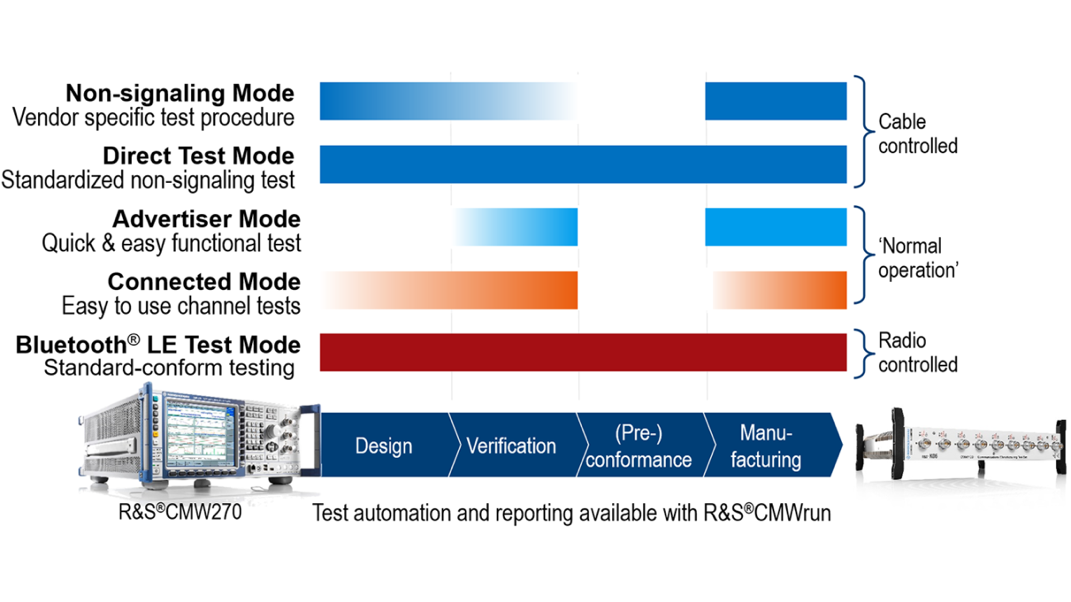
R&S®CMW not only helps users select the testing mode that matches their applications from the above three BLE RF testing modes, but also combines broadcast mode and connected mode to develop a new Bluetooth low energy OTA testing solution. This solution addresses the difficulties faced by the above three testing modes when testing low energy Bluetooth devices. Currently, Rohde & Schwarz is actively promoting this new testing method to become a standardized approach.
To do a good job, one must first sharpen their tools. The R&S®CMW270/CMW500/CMW100 series comprehensive testing instruments provide the most comprehensive Bluetooth testing methods, meeting various DUT and testing requirements, and tracking the latest Bluetooth testing specifications, providing automated testing tools, realizing a turnkey solution from production to R&D to pre-certification. They also support various versions of functional features, such as Bluetooth positioning, classic Bluetooth audio, and the latest Bluetooth low energy LC3 encoding.
Testing for Emerging Bluetooth Technologies
New forms and use cases of Bluetooth technology will continue to emerge. In recent years, this technology has seen improvements in data rates and ranges, and introduced features like direction finding, native support for low energy Bluetooth audio transmission, and power control. This will rapidly promote the development of Bluetooth landmark information, item finding, asset tracking, and navigation, targeting the high-precision positioning market.
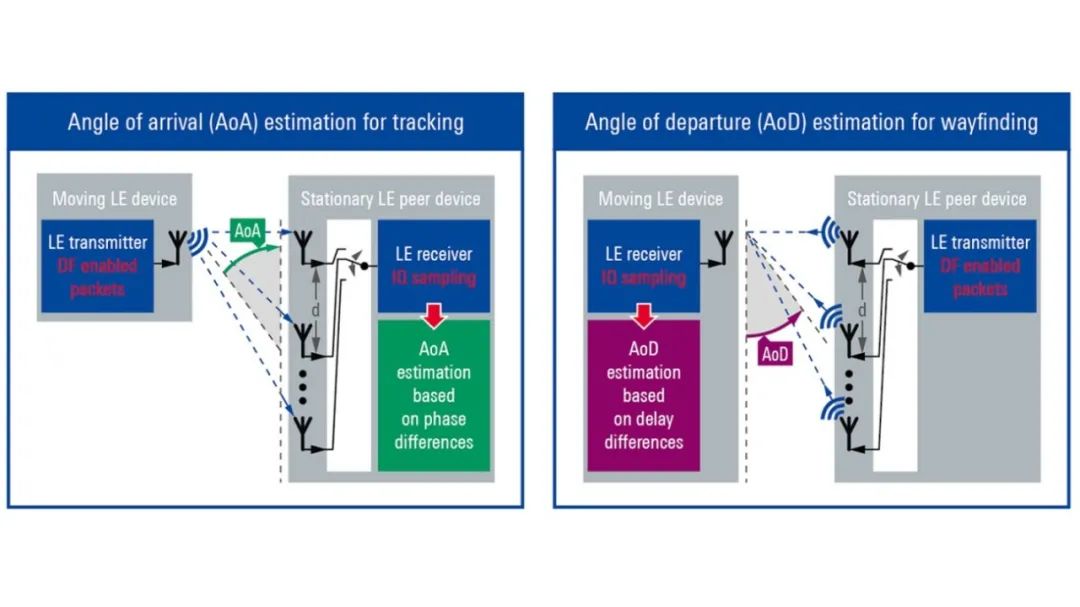

According to the latest forecasts from ABI Research and insights from other analytical institutions, the global shipment of Bluetooth devices will reach 5.4 billion units in 2023, with 90% of Bluetooth devices adopting low energy Bluetooth, and one-third of the shipped devices will use low energy Bluetooth single-mode modules.
The continuous development of technology requires the development and optimization of corresponding testing and measurement solutions. Meanwhile, the team supporting Bluetooth products is also growing larger, necessitating a large number of tests around these products. This is also our winning formula to seize the initiative in the fierce market competition in the future and remain unbeaten.
About Rohde & Schwarz
Rohde & Schwarz, as an independent international technology company, develops, produces, and sells innovative communication, information, and security products for professional users. The company’s main business areas include testing and measurement, broadcasting and media, aerospace | defense | security, and network information security, covering multiple different industries and government market segments. As of June 30, 2019, Rohde & Schwarz employed approximately 12,000 people. The company is headquartered in Munich, Germany, and has subsidiaries in over 70 countries worldwide, with regional centers in Asia and the United States.
For more information, please visit https://www.rohde-schwarz.com.cn
For technical and product inquiries, please call 400-650-5896

Scan to follow the official Rohde & Schwarz WeChat account
